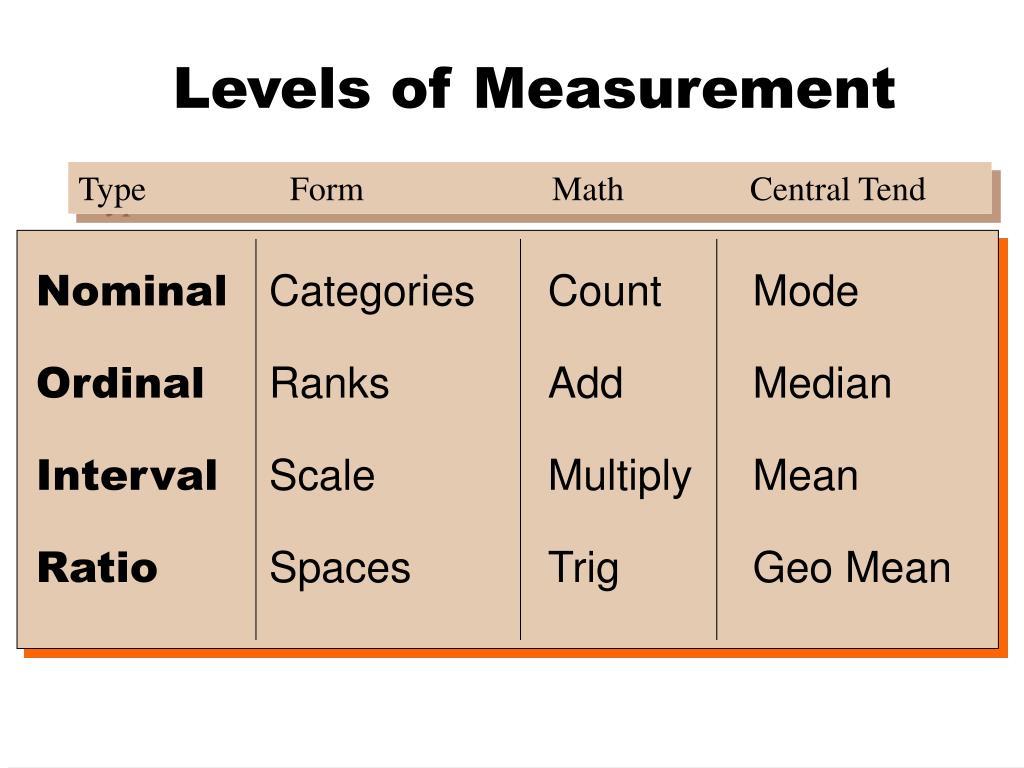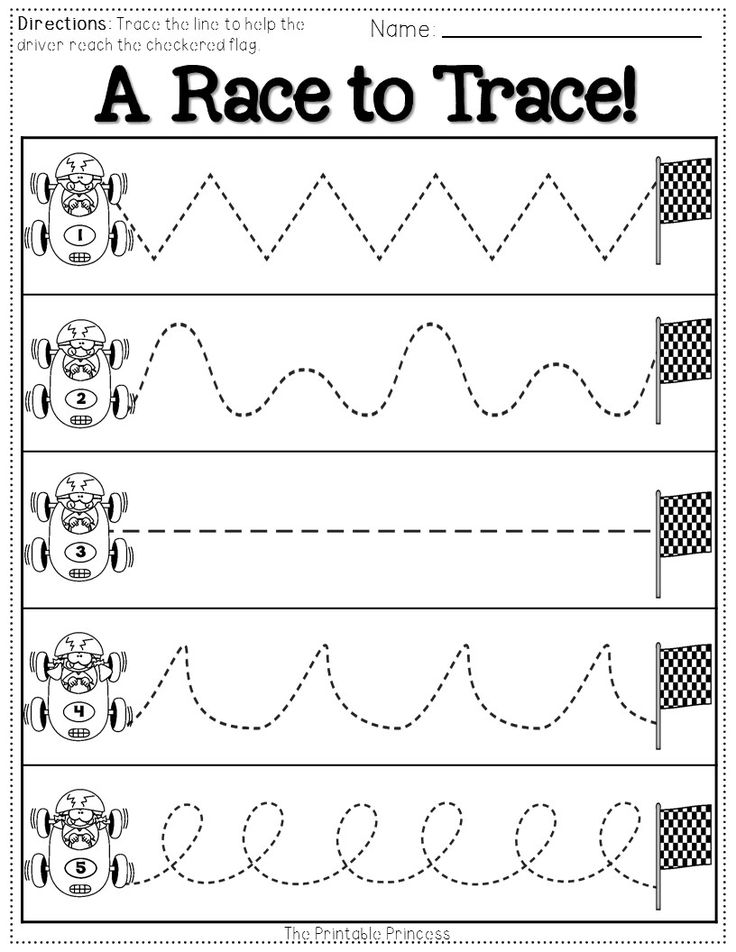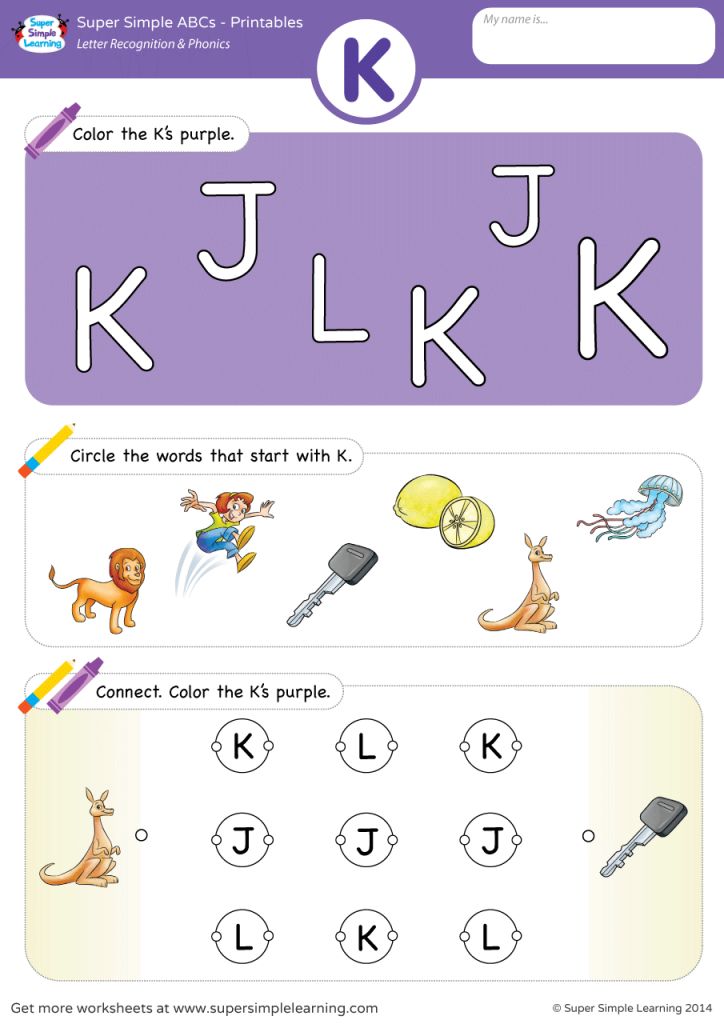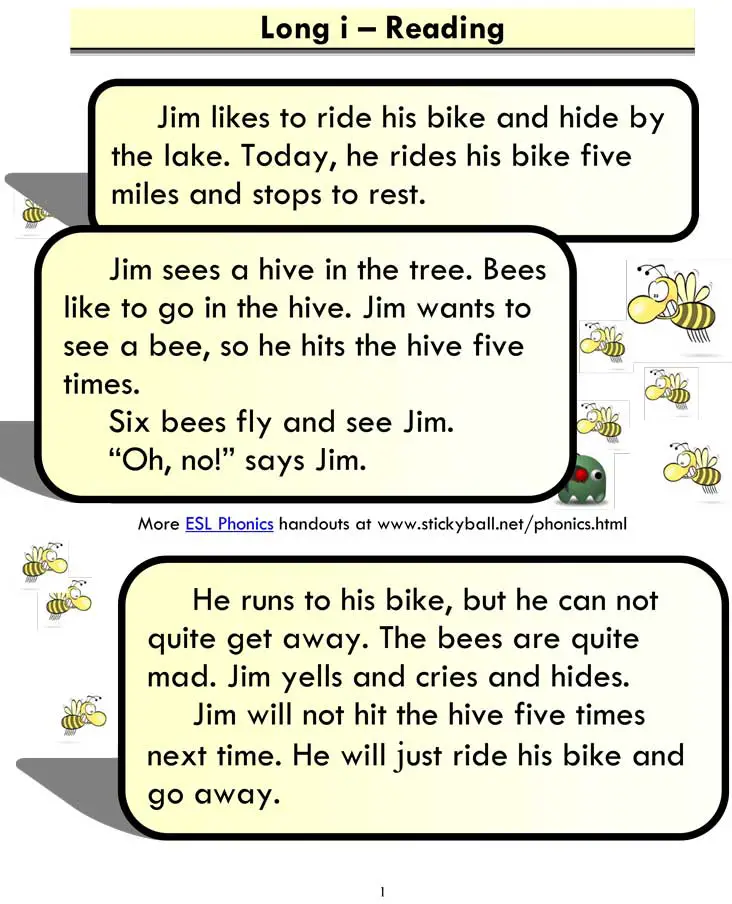Examples of associative play
7 Examples Of Associative Play
As your little bundle of joy grows, his or her playing habits will change. For a long time, your family members will have to be their playmates at home or the park. However, this will change after a while and they will need to play with other toddlers at playgroups, on the playground, at preschool, and at social events, to name a few. At this point, you will no longer be their source of entertainment.
However, this does not mean you will no longer be the center of their universe. It is just a great stage in their play development that you should be proud of. He or she will start taking interest in playing with others or next to them, widening their entertainment to include others. Here are seven examples of associative play.
7/7 Building Structures
Watch GIANT Color Toy Building Blocks House Pretend video here.
Many hosts of social events tend to set aside a play area for children to keep themselves entertained while the adults mingle. Such designated areas usually have an assortment of toys for children to play with. With other kids in this area, your child may start building towers of blocks or Legos.
When they are in the associative play stage, your child might build the block towers alone but among other kids. He or she might also be joined by others or decide to join others. This type of play does not have any kind of formal plan, organization, and competition.
RELATED: 7 Games That Spark Kids' Fantasy Play
6/7 Riding Around
via Twitter / @GetParentologyYou may have seen a situation where kids are riding their tricycles, bicycles, and scooters as a group. When kids are engaging in associative play in this setting, they do not necessarily know each other. Moreover, there is no coordination or prior plan of what the current situation is, or where they are going. They are just riding around, next to each other.
5/7 Painting Together
via Instagram / @befemalecharityAt school, you may have enrolled your little one in an art class for some painting lessons. During these sessions, your child might paint a canvas together with another classmate using the same brushes and paints.
During these sessions, your child might paint a canvas together with another classmate using the same brushes and paints.
They may create a unified art piece without communicating or commenting on what the rest of the class are painting. Associative play does not follow the common rules that require niceties or verbal communication. Painting with or alongside another child is enough.
4/7 Joining Others
Credit: iStockAt the playground or the park, a child plays with a colorful toy and your little one decides to join them and do what he or she is doing. Although they may or may not chat, they do not make any formal plan or set any rules. Every part of the game is made up as they continue playing. Formalities such as greetings, small talk, goodbyes, and coordinated efforts are never in their mind at this stage.
3/7 Dancing
Via Shutterstock and illustrated by Adam Jeffers for MomsDuring a social event, your child might decide to join other children on the dancing floor.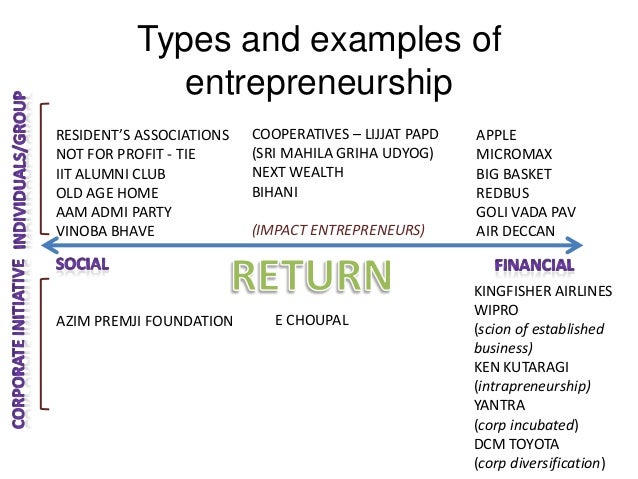 The dancing will not be competitive in any way. Although there might be some giggles, a little chat, and the occasional singing along a song, the dancing will not involve a prolonged talking session with each other. The dancing will be uncoordinated with little effort made to correct this.
The dancing will not be competitive in any way. Although there might be some giggles, a little chat, and the occasional singing along a song, the dancing will not involve a prolonged talking session with each other. The dancing will be uncoordinated with little effort made to correct this.
2/7 Sharing Play Spaces
Via Shutterstock and illustrated by Adam Jeffers for MomsYour child may let your visiting friend’s toddler join him or her in their designated play space. They can share your little one’s play kitchen, play utensils, and other toys without any form of organization or any effort to coordinate their playtime. Although it might seem like they are aloof of each other’s presence, this is not the case. On the contrary, they are aware and enjoy sharing their play spaces with others. This instills the concept of sharing in your toddler.
1/7 Building Sand Castles
A beach is commonplace for your child to experience some associative play. Building a sandcastle can attract a lot of attention from other children.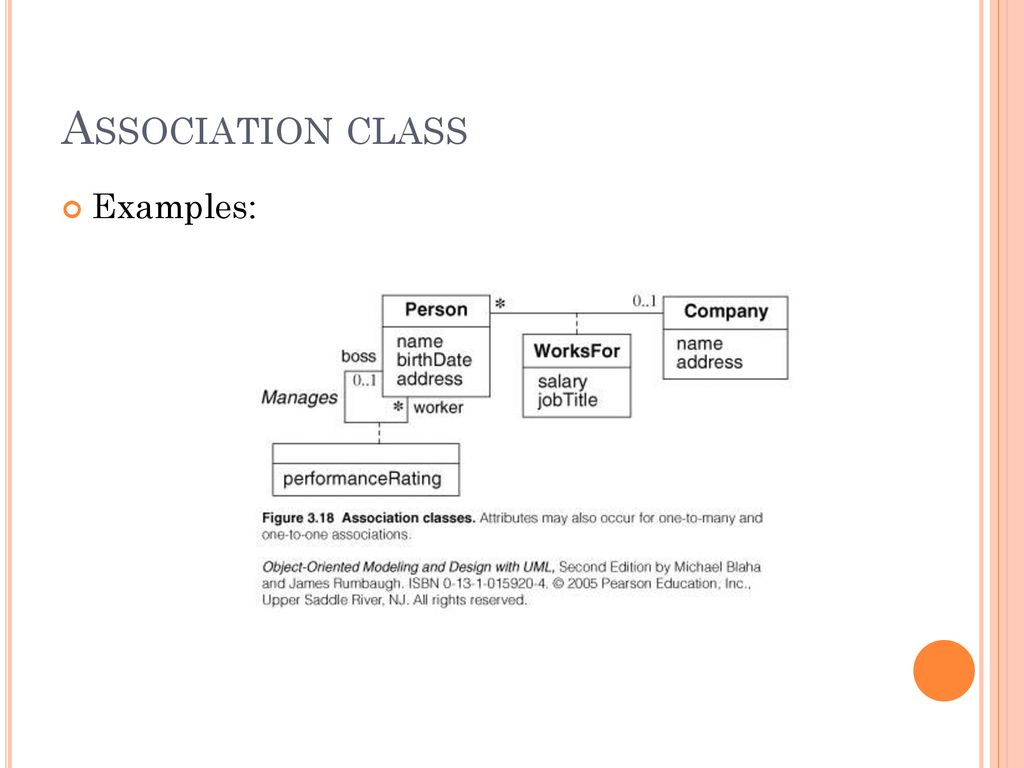 When building a castle out of the sand, your child may be joined by other toddlers and cooperate in finishing the structure. During this play, communication such as, “Can I have the shove?” or “The waves are coming!” are common.
When building a castle out of the sand, your child may be joined by other toddlers and cooperate in finishing the structure. During this play, communication such as, “Can I have the shove?” or “The waves are coming!” are common.
Associative play brings a lot of benefits to your little one. He or she learns valuable life skills such as problem-solving, cooperation, socialization, taking turns, sharing, and language development, among others. When they ask questions like, “How can we make the castle bigger?” and “Can I come next time?” improves such skills. In learning what to say to get their message across to others, they improve their communication skills. Many children begin making lasting friendships during associative play.
NEXT: 7 Reasons Kids Need To Play Outside Daily
Sources: sciencedirect.com, askinglot.com, momjunction.com, healthline.com, va.gapitc.org, pgpedia.com.
What Is Associative Play? Examples, Age, Benefits, and More
As your little one grows, playing side-by-side and with other children will become a big part of their world.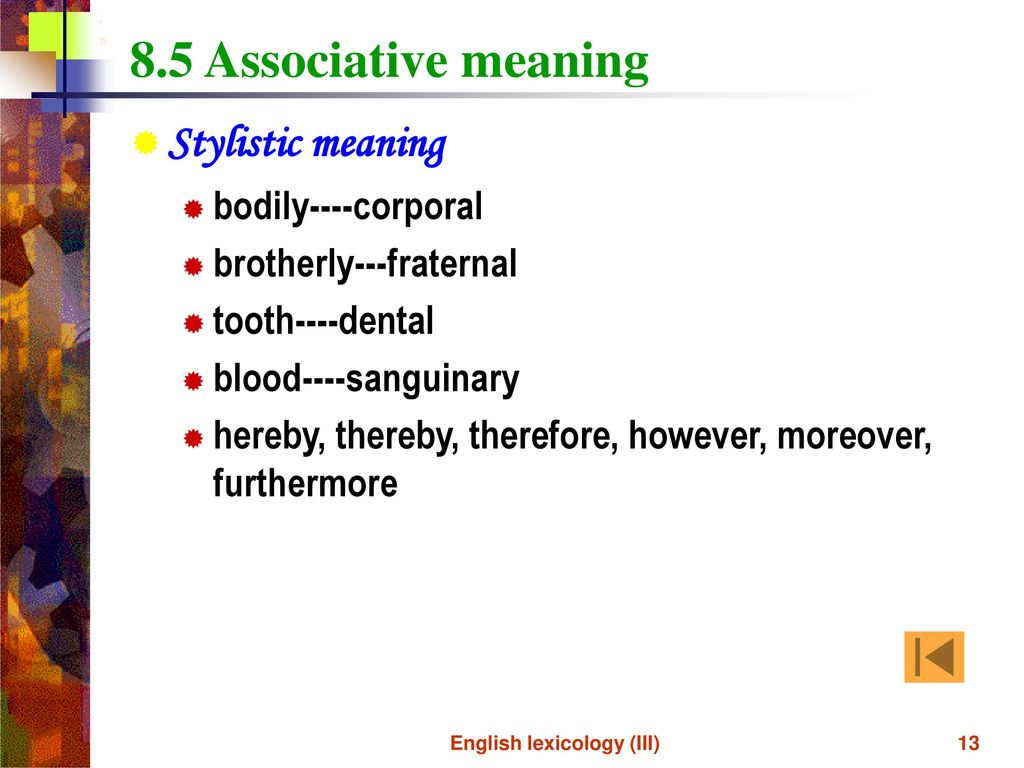
While it can be hard to realize you’re no longer their everything — though don’t worry, you’re still the center of their universe for a while longer — this is a great stage in play development.
Your kiddo will play with others on the playground, at playgroups, at social events, at preschool — you name it. If there are other children around, precious playtime shenanigans can ensue. And that means you can stop being the number one source of entertainment (for now).
This is sometimes called associative play by child development experts. It’s a stage of development when preschool-aged children start to play with or next to other kids doing similar activities. You and I might not necessary call it playing with others, but it’s a big step all the same.
During associative play, toddlers start to take an interest in the other children and what they’re doing. That doesn’t mean they all come together for formal play with agreed-upon activity guidelines or even a common goal — but hey, even adults may find such coordination difficult!
Rather, kids at this stage — usually starting around ages 2–4 — are widening their play world to include others.
There are lots of child development models, so keep in mind that this is just one of them.
An American sociologist named Mildred Parten Newhall created the six stages of play. Associative play is considered the fifth of the six stages.
Here are the others, if you’re keeping track:
- Unoccupied play. A child is just observing, not playing. They start to look around and observe the world around them, but not necessarily the people in it.
- Solitary play. A child plays alone without any interest in interacting with others.
- Onlooker play. The child is observing others nearby, but not playing together with them.
- Parallel play. A child plays or does the same activity as others around them at the same time, but may not interact with them.
- Associative play. A child plays side-by-side with others, engaging at times but not coordinating efforts.
- Cooperative play.
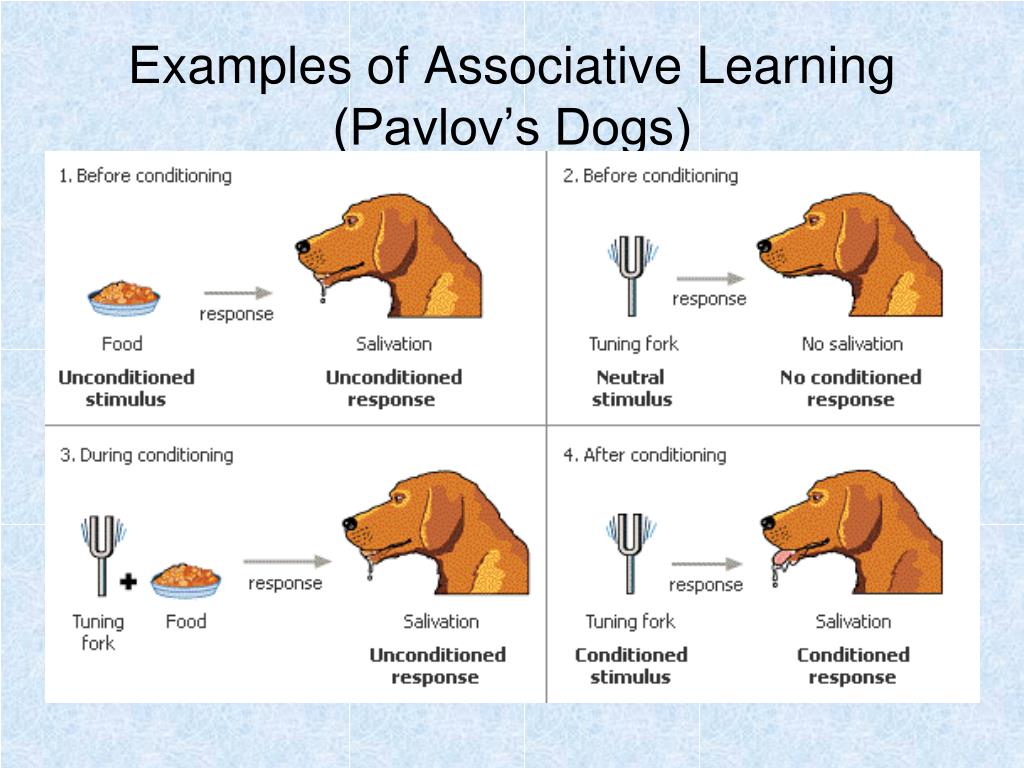 The child plays with others while interacting with them and is interested in both them and the activity.
The child plays with others while interacting with them and is interested in both them and the activity.
Parallel and associative play are a lot alike. But during parallel play, your child is playing next to another child, but isn’t talking to them or engaging with them.
During associative play, a child begins to focus on the other person playing, and not just on their own play. Two children at this stage may talk and start to interact with one another. And yes, it’s pretty cute when this happens — the stuff viral YouTube videos are made of.
Your child may start associative play when they’re 3 or 4 years old, or as early as 2. This stage of play usually lasts until they’re around 4 or 5 years old, though children will continue to play this way at times even after entering the next stage of play.
But remember, every child develops at their own pace. Some solitary play is perfectly OK for preschool-aged children. In fact, it’s an important skill!
But if your child is playing by themselves all the time, you may want to encourage them to start to interact and share with others — also a crucial skill.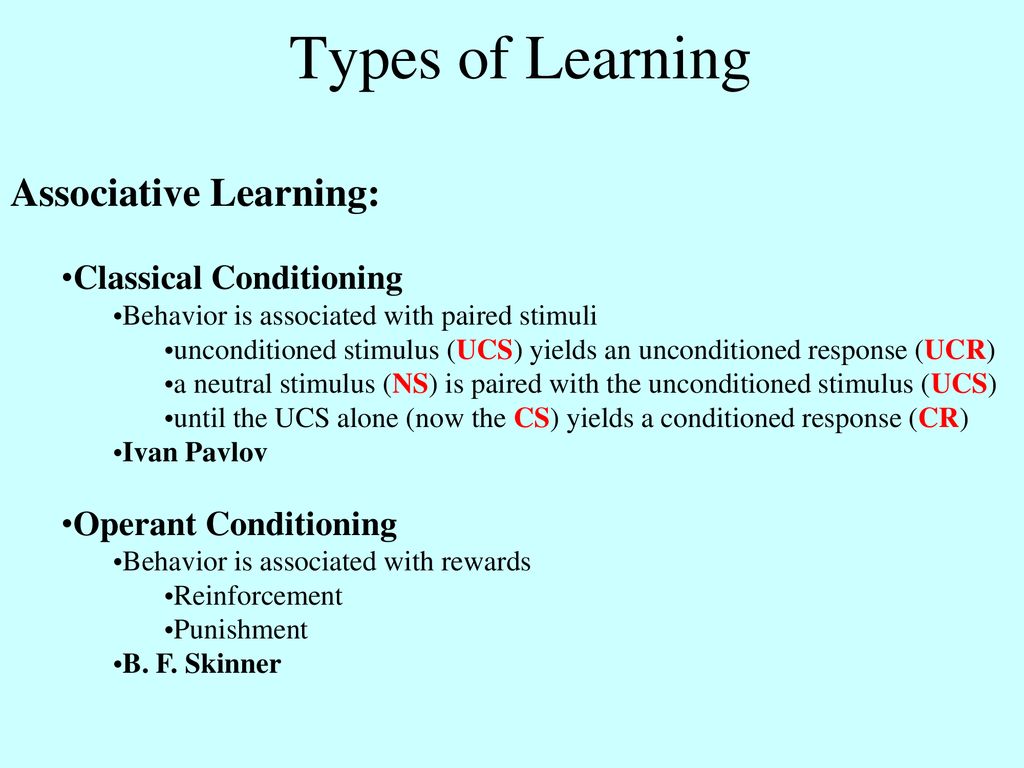
You can help encourage them by being the one to play with them first, but allow them to run the playtime show. You can then show them sharing and interacting skills by doing it yourself!
If you’re concerned about your child’s development, chat with an expert like their pediatrician or a teacher. They can recommend a specialist, if needed.
Here’s what associative play may look like:
- Outside, kids ride tricycles next to one another but don’t have a coordinated plan of where they’re going.
- At preschool, children build a tower out of blocks but don’t have a formal plan or any organization.
- After school, kids paint a canvas together using the same materials but don’t communicate to create a unified picture or necessarily comment on what others are drawing.
- One toddler plays with a toy and your child joins them and copies what they’re doing. They may chat, but they don’t make a formal plan together or set any rules.
This is a great stage for benefits that follow your little one all the way into adulthood. These include:
These include:
Problem solving and conflict resolution
As your child starts to play and interact with other children more, they’ll gain some important problem-solving and conflict resolution skills, research shows.
Undirected play allows kids to:
- learn to work in groups
- share
- negotiate
- solve problems
- learn self-advocacy
Although you should always keep an eye on your child when they’re playing at such a young age, try to only interfere when absolutely necessary. (It’s hard, we know!) Instead, allow them to work out their own conflicts as much as possible as they start to play with others.
Cooperation
As your child plays with other kids, they’ll start to share toys and art supplies. This won’t always be painless — even adults don’t always share well! — but they’ll need to learn cooperation as they recognize that some things belong to others.
Healthy brain development
Associative play — and sometimes all play in general — is important for your child’s brain. It allows them to use their imagination as they create and explore the world around them.
It allows them to use their imagination as they create and explore the world around them.
Research shows this helps your little one develop resiliency to face and overcome future challenges. Of course as parents, we want to clear every obstacle from our child’s path — but that’s neither possible nor helpful for the big stuff that lies ahead.
Learning readiness
It may not seem like it, but research shows that playtime gives your child the social-emotional readiness they need to get ready for an academic environment. That’s because they’re developing the skills needed for school like cognition, learning behaviors, and problem solving.
They’re also interacting with others, but not at the expense of others, an important skill your child will need in preschool and eventually, elementary school — and of course, beyond.
Reduce childhood obesity
Allowing your child to be active and engage with others may reduce childhood obesity.
Encourage your child to play with others and be active several times a week instead of spending time in front of a screen. This can help to build healthy, active bodies. (To be clear, learning can happen during screen time, too — just not this specific type of learning.)
This can help to build healthy, active bodies. (To be clear, learning can happen during screen time, too — just not this specific type of learning.)
Making plenty of time for play is essential for your child. They’re learning important skills like cooperation and problem solving.
While it’s OK for your preschool-aged child to play alone, you can also encourage them to play alongside others.
Some will take longer than others to get there. If you’re worried about their development or social skills, talk to their pediatrician — a great ally who has likely seen it all and can make recommendations tailored to you.
What is an association game? Examples, Ages, Benefits and more
Contents
Overview
As your little one gets older, playing side by side with other kids will become a big part of his world.
While it can be hard to realize that you're not all of them anymore - don't worry though, you're still the center of their universe for a while - this is a great milestone in the development of the game.
Your child will play with others in the playground, playgrounds, community events, preschool - you name it. If there are other children around, precious shenanigans can occur. And that means you can stop being the number one source of entertainment (for now).
Child development experts sometimes refer to this as associative play. This is the developmental stage when preschool children begin to play with or near other children performing similar activities. You and I may not call it a game with others, but it's all a big step.
During communication, babies become interested in other children and what they are doing. This doesn't mean that everyone comes together for a formal game with agreed upon principles of operation or even a common goal, but hey, even adults can have a hard time organizing that kind of coordination!
Instead, children at this stage, which usually begins between the ages of 2 and 4, expand their play world to include others.
How association play fits into the six stages of play
There are many patterns of child development, so keep in mind that this is just one of them.
American sociologist Mildred Parthen Newhall created six stages of the game. The association game is considered the fifth of six stages.
Here are others if you're following:
Parallel and associative games are very similar. However, during parallel play, your child plays next to another child, but does not talk to or interact with him.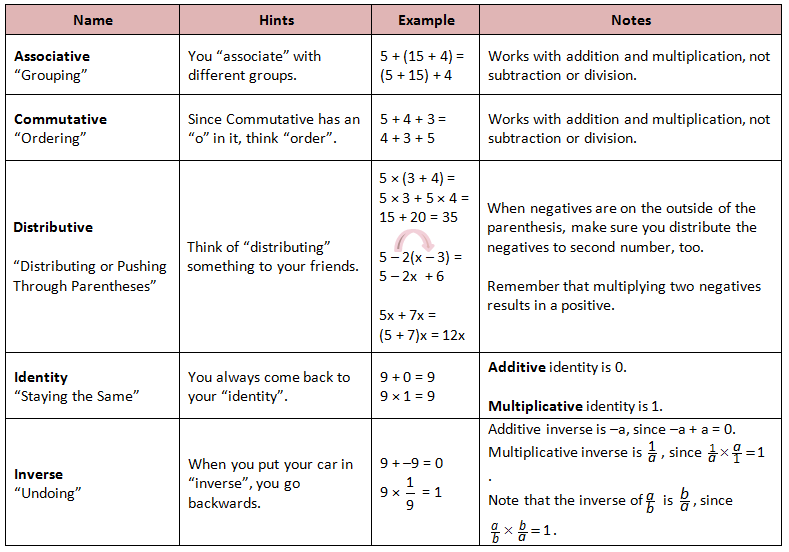
During associative play, the child begins to focus on another player, and not only on his own game. Two children at this stage can talk and begin to interact with each other. And yes, when it does, it's pretty cute - they're made from viral YouTube videos.
When children usually enter this stage
Your child may start associative play when he is 3 or 4 years old, or as early as 2 years old. This stage of play usually lasts until age 4 or 5, although sometimes children continue to play after the transition to the next stage of play.
But remember, every child develops at their own pace. Some single player games are great for preschoolers. In fact, this is an important skill!
But if your child plays alone all the time, you can encourage him to start communicating and sharing with others - this is also an important skill.
You can encourage them by playing with them first, but let them run the show. You can then show them sharing and interactive knowledge by doing it yourself!
If you are concerned about your child's development, talk to a specialist such as a pediatrician or teacher.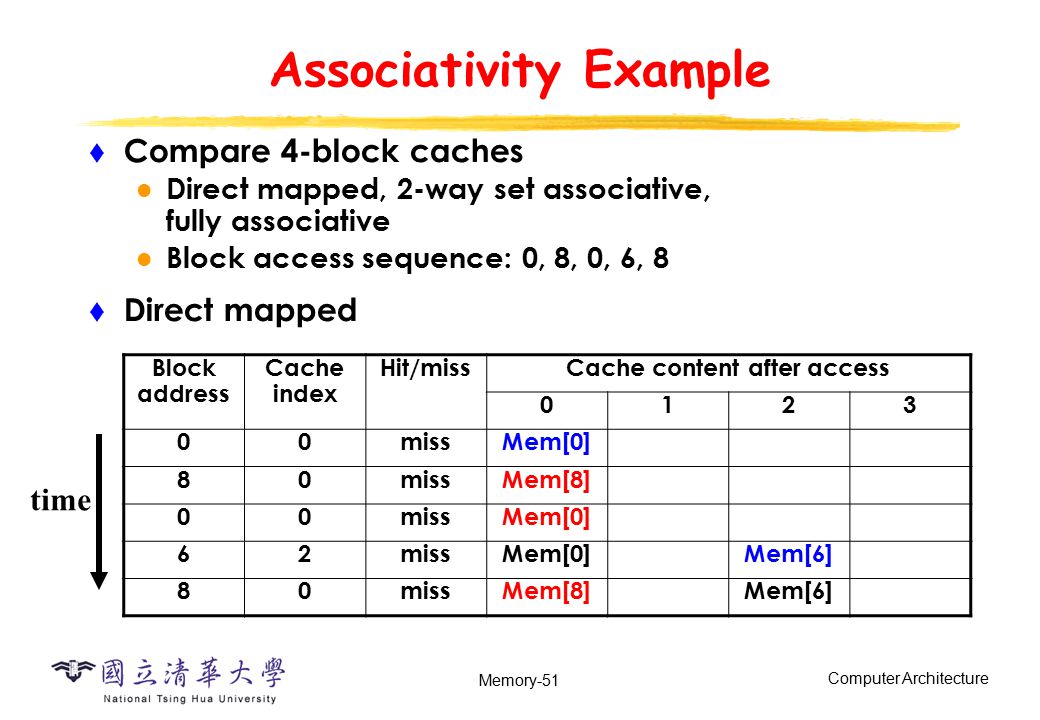 If necessary, a specialist can be recommended.
If necessary, a specialist can be recommended.
Examples of association games
Here's what an association game might look like:
- Outside, the children ride their bikes side by side, but they don't have an agreed plan of where they are going.
- In preschool, children build a tower of blocks, but they do not have a formal plan or any organization.
- After school, children paint a canvas together using the same materials, but do not interact with each other to create a single image and do not necessarily comment on what others are drawing.
- One child plays with a toy and your child joins them and copies what they are doing. They can talk, but they don't plan or lay down any rules.
Advantages of associative play.
This is a great milestone for the benefits that follow your little one into adulthood. This includes:
Problem Solving and Conflict Resolution
As your child begins to play and interact more with other children, he will learn some important problem solving and conflict resolution skills. Explore shows.
Explore shows.
Immeasurable play allows children to:
- learn to work in groups
- udio
- negotiate
- solve problems
- learn to self-advocate
Although you should always supervise your child when he plays at such a young age, try to intervene only when absolutely necessary. (It's hard, we know!) Instead, let them work through their conflicts as much as possible so they can start playing with others.
Collaboration
When your child plays with other children, he will share toys and art supplies. It may not always be painless - even adults are not always good at sharing! – but they will have to learn to cooperate, because they recognize that one thing belongs to another.
Healthy brain development
Associative play, and sometimes play in general, is important for children's brains. This allows them to use their imagination as they create and explore the world around them.
Guarding shows that it helps your little one develop resilience and overcome future challenges. Of course, as parents, we want to remove all obstacles in the way of the child, but this is not possible or appropriate for the great things to come.
Of course, as parents, we want to remove all obstacles in the way of the child, but this is not possible or appropriate for the great things to come.
Willingness to learn
It may not seem like it, but Explore shows that play provides your child with the social-emotional readiness they need to prepare for an academic environment. This is because they develop the skills needed for school, such as cognition, behavioral learning, and problem solving.
They also communicate with others, but not at the expense of others, an important skill your child will need in preschool and then in elementary school and of course beyond.
Reduce childhood obesity
If the child is active and engaged in other activities, childhood obesity can be reduced.
Encourage your child to play with others and be active several times a week instead of screen time. This can help create a healthy, active body. (To be clear, learning can happen while watching a screen, but not this kind of learning.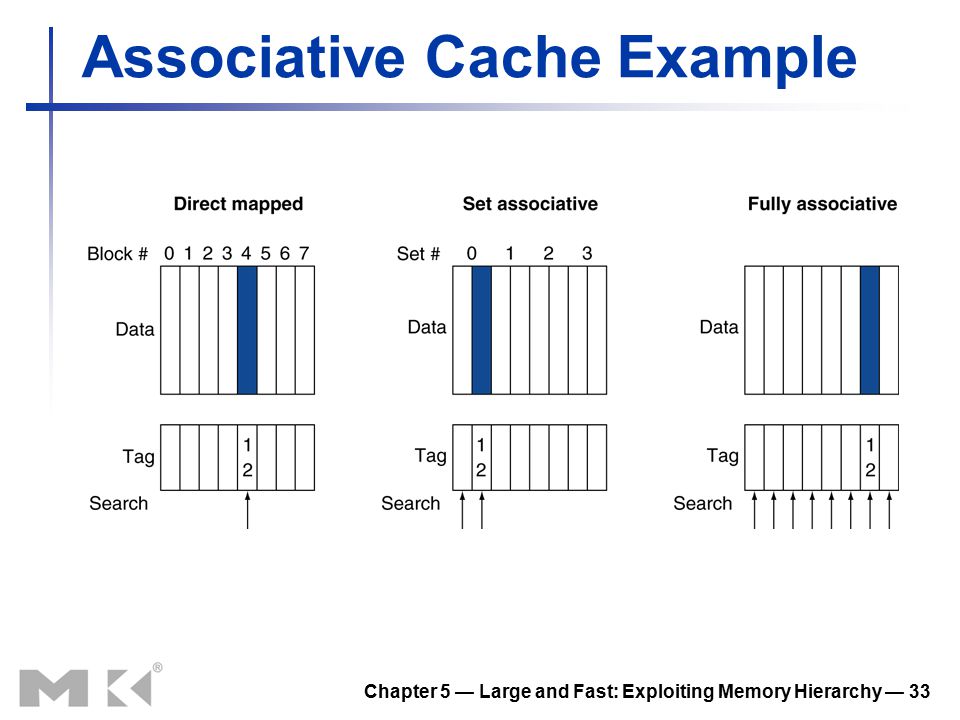 )
)
Excursion
Giving your child enough time to play is very important. They learn important skills such as collaboration and problem solving.
Although a preschooler can play alone, you can also encourage them to play with others.
Some will take longer than others. If you're concerned about their development or social skills, talk to their pediatrician - a great ally who's seen it all before and can give you advice.
What is an association game? Examples, Ages, Benefits and more
Contents
Overview
As your little one gets older, playing side by side with other kids will become a big part of his world.
While it can be hard to realize that you're not all of them anymore - don't worry though, you're still the center of their universe for a while - this is a great milestone in the development of the game.
Your child will play with others in the playground, playgrounds, community events, preschool - you name it.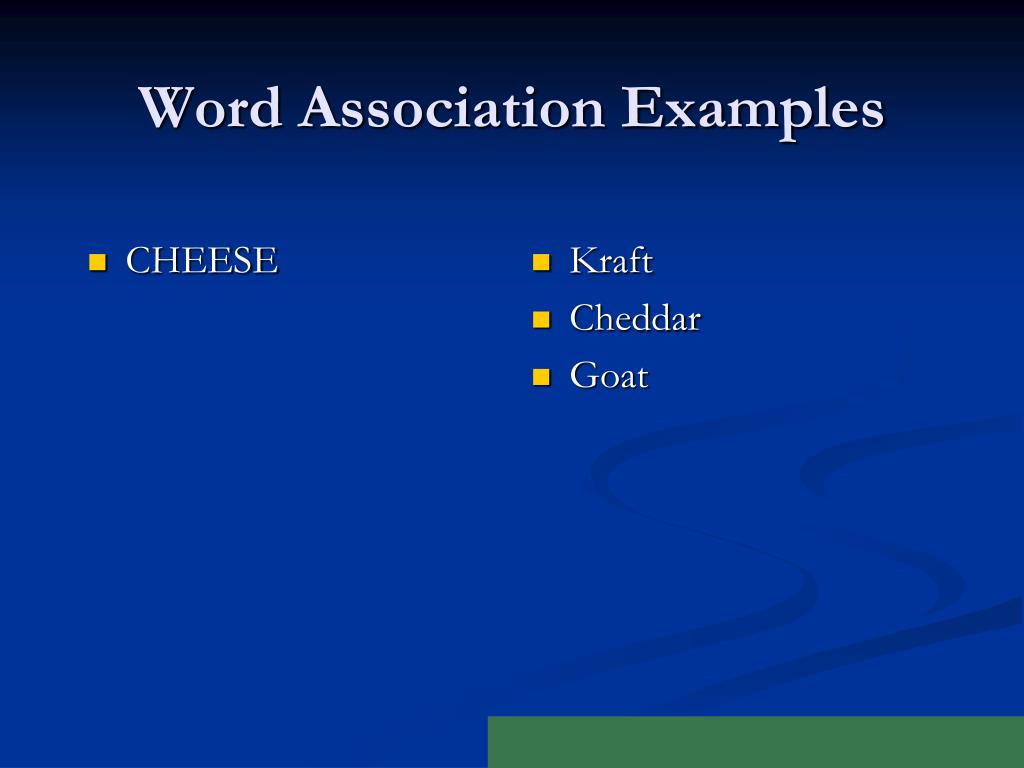 If there are other children around, precious shenanigans can occur. And that means you can stop being the number one source of entertainment (for now).
If there are other children around, precious shenanigans can occur. And that means you can stop being the number one source of entertainment (for now).
Child development experts sometimes refer to this as associative play. This is the developmental stage when preschool children begin to play with or near other children performing similar activities. You and I may not call it a game with others, but it's all a big step.
During communication, babies become interested in other children and what they are doing. This doesn't mean that everyone comes together for a formal game with agreed upon principles of operation or even a common goal, but hey, even adults can have a hard time organizing that kind of coordination!
Instead, children at this stage, which usually begins between the ages of 2 and 4, expand their play world to include others.
How association play fits into the six stages of play
There are many patterns of child development, so keep in mind that this is just one of them.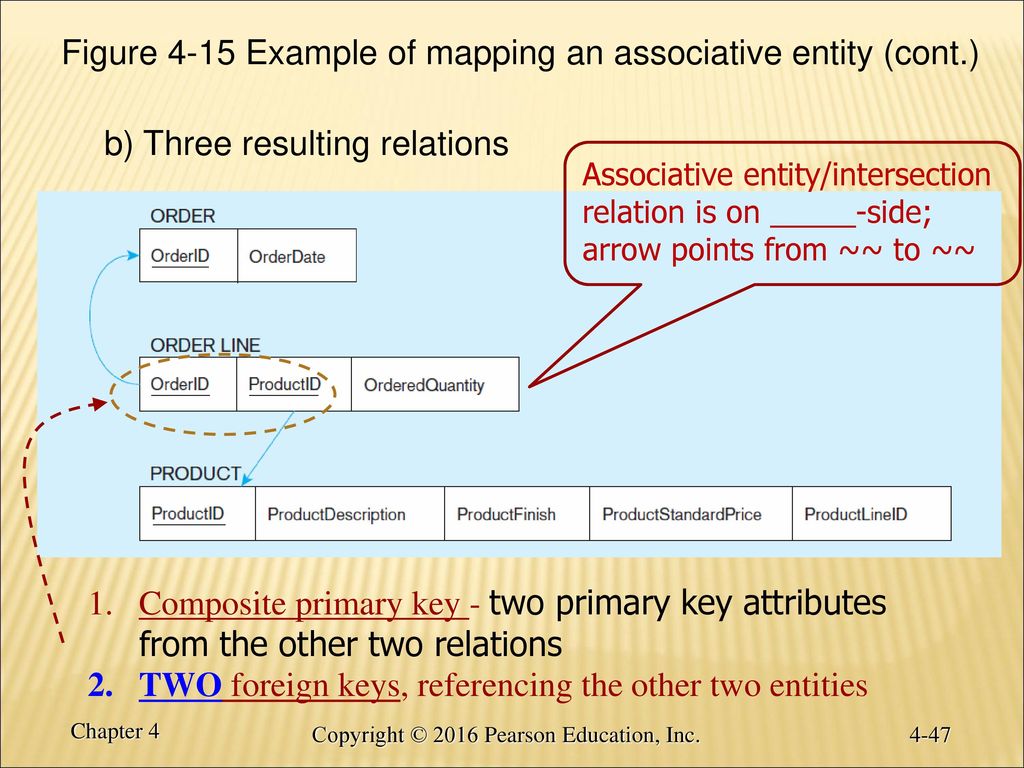
American sociologist Mildred Parthen Newhall created six stages of the game. The association game is considered the fifth of six stages.
Here are others if you're following:
Parallel and associative games are very similar. However, during parallel play, your child plays next to another child, but does not talk to or interact with him.
During associative play, the child begins to focus on another player, and not only on his own game. Two children at this stage can talk and begin to interact with each other. And yes, when it does, it's pretty cute - they're made from viral YouTube videos.
When children usually enter this stage
Your child may start associative play when he is 3 or 4 years old, or as early as 2 years old. This stage of play usually lasts until age 4 or 5, although sometimes children continue to play after the transition to the next stage of play.
But remember, every child develops at their own pace. Some single player games are great for preschoolers. In fact, this is an important skill!
But if your child plays alone all the time, you can encourage him to start communicating and sharing with others - this is also an important skill.
You can encourage them by playing with them first, but let them run the show. You can then show them sharing and interactive knowledge by doing it yourself!
If you are concerned about your child's development, talk to a specialist such as a pediatrician or teacher.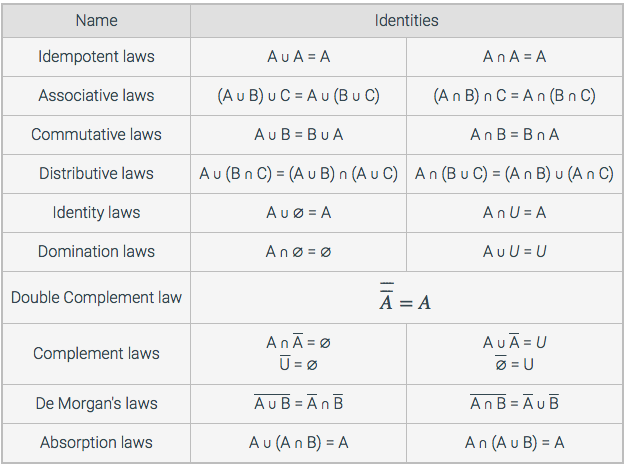 If necessary, a specialist can be recommended.
If necessary, a specialist can be recommended.
Examples of association games
Here's what an association game might look like:
- Outside, the children ride their bikes side by side, but they don't have an agreed plan of where they are going.
- In preschool, children build a tower of blocks, but they do not have a formal plan or any organization.
- After school, children paint a canvas together using the same materials, but do not interact with each other to create a single image and do not necessarily comment on what others are drawing.
- One child plays with a toy and your child joins them and copies what they are doing. They can talk, but they don't plan or lay down any rules.
Advantages of associative play.
This is a great milestone for the benefits that follow your little one into adulthood. This includes:
Problem Solving and Conflict Resolution
As your child begins to play and interact more with other children, he will learn some important problem solving and conflict resolution skills. Explore shows.
Explore shows.
Immeasurable play allows children to:
- learn to work in groups
- udio
- negotiate
- solve problems
- learn to self-advocate
Although you should always supervise your child when he plays at such a young age, try to intervene only when absolutely necessary. (It's hard, we know!) Instead, let them work through their conflicts as much as possible so they can start playing with others.
Collaboration
When your child plays with other children, he will share toys and art supplies. It may not always be painless - even adults are not always good at sharing! – but they will have to learn to cooperate, because they recognize that one thing belongs to another.
Healthy brain development
Associative play, and sometimes play in general, is important for children's brains. This allows them to use their imagination as they create and explore the world around them.
Guarding shows that it helps your little one develop resilience and overcome future challenges. Of course, as parents, we want to remove all obstacles in the way of the child, but this is not possible or appropriate for the great things to come.
Of course, as parents, we want to remove all obstacles in the way of the child, but this is not possible or appropriate for the great things to come.
Willingness to learn
It may not seem like it, but Explore shows that play provides your child with the social-emotional readiness they need to prepare for an academic environment. This is because they develop the skills needed for school, such as cognition, behavioral learning, and problem solving.
They also communicate with others, but not at the expense of others, an important skill your child will need in preschool and then in elementary school and of course beyond.
Reduce childhood obesity
If the child is active and engaged in other activities, childhood obesity can be reduced.
Encourage your child to play with others and be active several times a week instead of screen time. This can help create a healthy, active body. (To be clear, learning can happen while watching a screen, but not this kind of learning.




